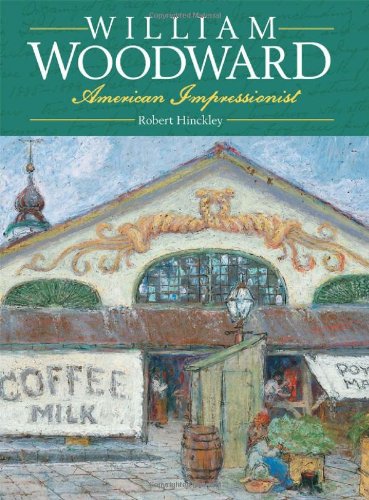

Most ebook files are in PDF format, so you can easily read them using various software such as Foxit Reader or directly on the Google Chrome browser.
Some ebook files are released by publishers in other formats such as .awz, .mobi, .epub, .fb2, etc. You may need to install specific software to read these formats on mobile/PC, such as Calibre.
Please read the tutorial at this link: https://ebookbell.com/faq
We offer FREE conversion to the popular formats you request; however, this may take some time. Therefore, right after payment, please email us, and we will try to provide the service as quickly as possible.
For some exceptional file formats or broken links (if any), please refrain from opening any disputes. Instead, email us first, and we will try to assist within a maximum of 6 hours.
EbookBell Team

5.0
90 reviewsWilliam Woodward (1859-1939) was a force in New Orleans and the art world, and his legacy endures. In this first compilation of examples of Woodward's work spanning his career, essayists offer unique perspectives on the artist and his art.
Woodward was a graduate of the Rhode Island School of Design and the Massachusetts Normal Art School. He started the School of Art and organized the Department of Architecture at Tulane University, and he taught evening art classes to citizens of New Orleans. His oil crayon paintings of the French Quarter were instrumental in preserving the French Quarter buildings from destruction, and he was a leader in the Arts and Crafts movement in New Orleans. He was a member of the American Institute of Architects. Woodward also organized the Art Association of New Orleans and the Decorative Art League for Women, which founded the manufacture of art pottery in New Orleans.
Woodward was a prolific artist and pioneered new techniques with his use of the Rafaelli oil crayon and the fiberloid dry etching process. Upon his retirement from Tulane in 1922, Woodward moved to Biloxi, Mississippi, where his paintings of the Mississippi Gulf Coast provide a historical record of an area now almost entirely changed by development and natural disasters. Woodward also traveled extensively and chronicled his travels in his art.